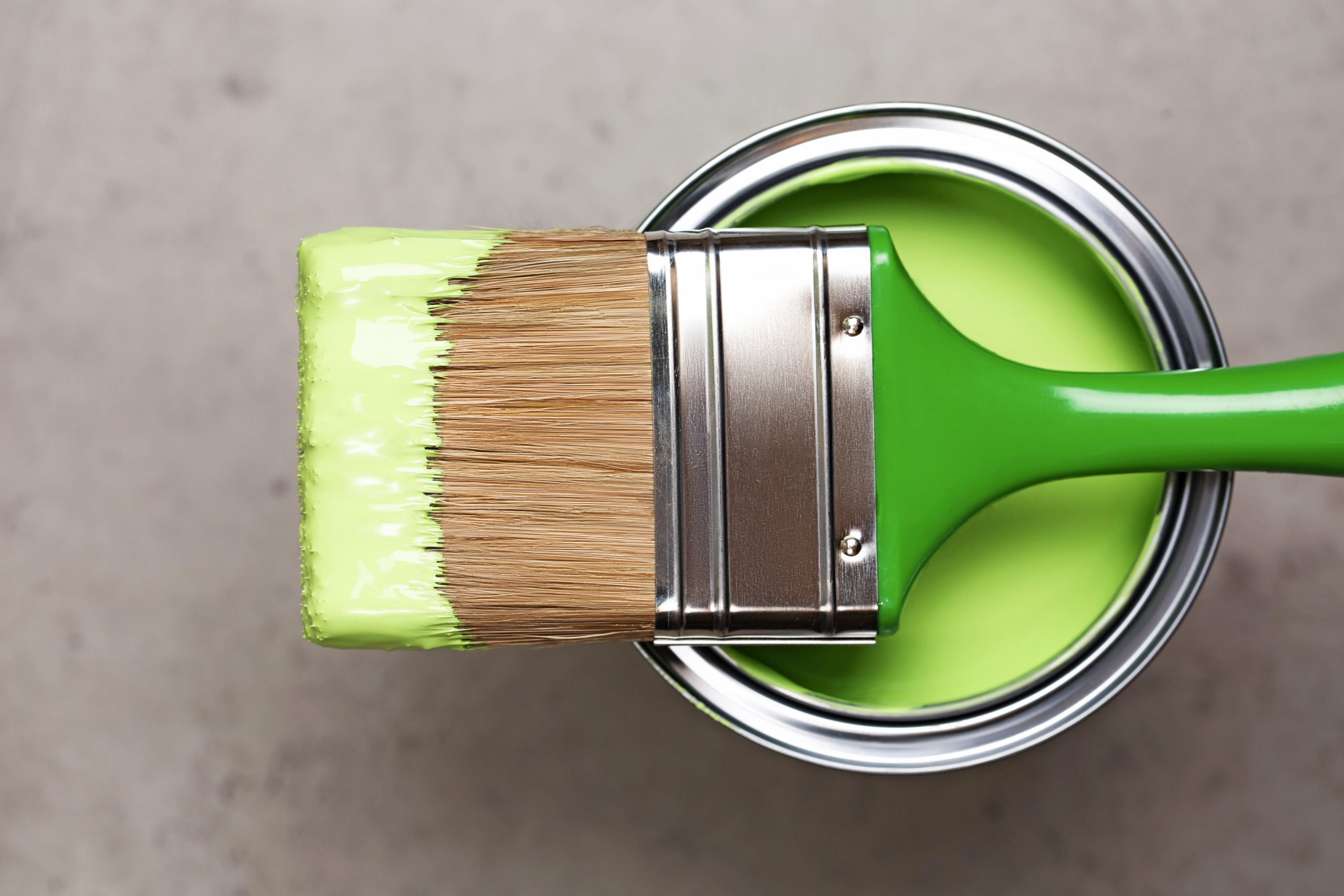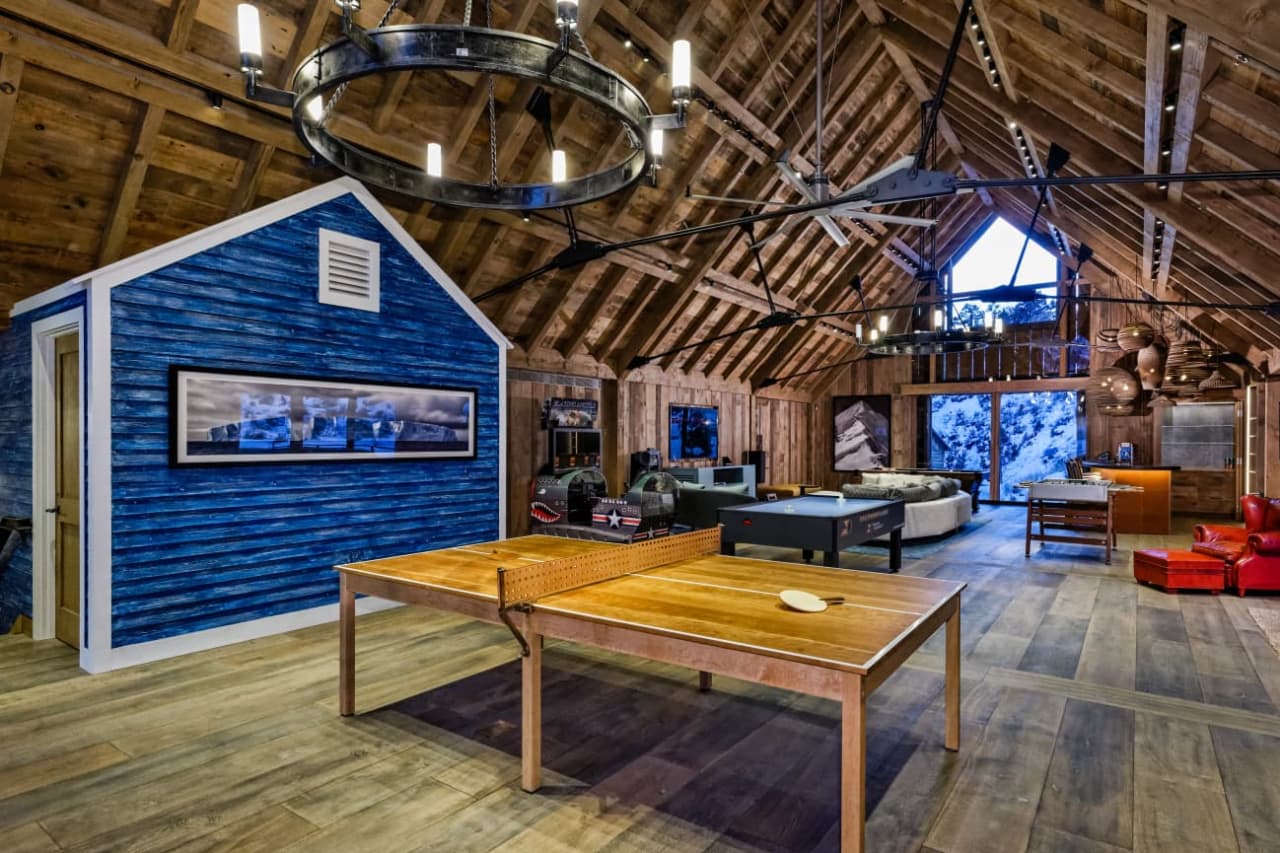How to prepare your property for sale in a trade shortage
Achieving your maximum sale price is still possible, even if tradies are thin on the ground
Preparing a home for sale has never been more challenging. A construction crisis means materials and trades are pricier and harder to come by so renovation budgets and timelines are blowing out. Trade portal hipages.com.au recently reported that 85 percent of tradespeople on their site have had to raise their rates this year as timber and metal prices soar in the wake of a global supply chain crisis, coupled with a scarcity of skilled labour and trades.
CoreLogic’s Cordell Construction Cost Index revealed that building expenses increased 9 percent over the 12 months to March, the highest annual growth rate since the introduction of the GST in 2001.
Property stylist Justine Wilson of Vault Interiors says mammoth renovations should be shelved for sellers on a tight timeline right now.
“Almost across the board, everything from materials to furniture is taking longer to source,” she says. “What used to be a one-month lead time is turning into 14, 16 or sometimes 24 weeks.
It’s doubling or tripling the standard time and that has a flow on effect for anyone trying to renovate for sale, she says, but there are multiple fixes vendors can undertake to add value quickly.
“See what you can do on a cosmetic level before knocking out walls and attempting things that are going to need trades,” Wilson says. “You can give your place a facelift with styling or a fresh coat of paint rather than structural changes.”
Read more stories like this in the launch edition of Kanebridge Quarterly magazine. Order your copy or subscribe here
Refresh your strongest selling points
While the old adage says kitchens sell houses, Justine Wilson says vendors needn’t install a new one.
“Kitchens and bathrooms will always entice buyers so have them looking as fresh as possible. If you can’t order a whole new kitchen then use laminate paint to update cupboards, change out door hardware and consider peel and stick tile options to modernise really dated splashbacks. You could also swap out older benchtops and choose a laminate or Caesarstone top because they seem to be in ample supply at the moment.”
Home offices are also an asset in a post-pandemic marketplace.
“Whether it’s a nook under the stairs or a self-contained study it will appeal to buyers because people want an office or media zone separate to the rest of their family,” Wilson says. “You can get freestanding prefab pods, convert a garage, or garden shed rather than going through the expensive and long process of getting something approved and built.”
Take it outside
According to the recent Great Australian Backyard survey by Adbri Masonry, 80 percent of respondents said an entertaining space out back plays an important, or very important, part in decision making when buying a property.
“The outdoor dining and entertaining area is a staple for every Aussie home because it adds a new dimension to how you can entertain while enhancing the appeal of your home,” says landscaping expert and Adbri Masonry brand ambassador, Jason Hodges.
Since timber and carpenters are hard to come by, he suggests refreshing your outdoor area with pavers with a high pressure hose down.
“If you have a paved or decked area, you can give it a clean to inject new life,” he says. “If you’re starting with a blank canvas, consider creating your own aesthetic with a small format paver such as Havenbrick, which allows you to create different patterns with a variety of colour tones to choose from. Also, adding a cosy fire pit as part of your outdoor entertaining area means your space becomes usable all year round.”
A veggie patch can also add to the family-friendly nature of a home, as can embracing a wellbeing element, like a meditation space.
“The beauty of the backyard is its diversity,” Hodges says. “With a little effort and a dash of creativity it can be transformed into the space which is right for you, be it a Zen garden or sleek entertaining area. It’s yours to define. Plus, it can reap financial rewards when selling.”
Invest in styling for maximum ROI
Staging a home for sale is a quick, temporary fix which often means you can avoid the wait for trades. Stylists like Justine Wilson have warehouses of items ready to go so a tired listing can be revived within days rather than weeks or months.
“Styling adds value when you’re presenting your home for sale and can completely uplift a property without any renovation,” she says. “If you can’t redo your kitchen or bathroom then look at putting that money into the best presentation possible,” she says.
Window dressings like these custom made blinds from Tuiss can be ordered online and are suitable for DIY installation
Homeowners can start by making sure the house is neat and decluttered, the carpet is steam cleaned and windows are washed. Even the smell of the home has proven to help with the sale. A study by UK-based real estate agent comparison site GetAgent revealed which scents sell homes. Top aromas included freshly baked bread (with 37 percent of respondents claiming it would entice them to buy), followed by fresh linen (36 per cent), freshly brewed coffee (27 per cent), new carpet and freshly cut grass (both 25 percent).
“You could go a step further and have your home professionally staged so that it stands out online,” Wilson says. “We’ve seen anywhere from a 5 percent to 20 percent increase in the sale price after presenting a home well.”
She says to view styling not so much as an expense, but more of an investment.
“By presenting the space correctly, with the right flow, function, and scale of furniture, it can help buyers who have trouble visualising its potential.”
This stylish family home combines a classic palette and finishes with a flexible floorplan
Just 55 minutes from Sydney, make this your creative getaway located in the majestic Hawkesbury region.
As Paris makes its final preparations for the Olympic games, its residents are busy with their own—packing their suitcases, confirming their reservations, and getting out of town.
Worried about the hordes of crowds and overall chaos the Olympics could bring, Parisians are fleeing the city in droves and inundating resort cities around the country. Hotels and holiday rentals in some of France’s most popular vacation destinations—from the French Riviera in the south to the beaches of Normandy in the north—say they are expecting massive crowds this year in advance of the Olympics. The games will run from July 26-Aug. 1.
“It’s already a major holiday season for us, and beyond that, we have the Olympics,” says Stéphane Personeni, general manager of the Lily of the Valley hotel in Saint Tropez. “People began booking early this year.”
Personeni’s hotel typically has no issues filling its rooms each summer—by May of each year, the luxury hotel typically finds itself completely booked out for the months of July and August. But this year, the 53-room hotel began filling up for summer reservations in February.
“We told our regular guests that everything—hotels, apartments, villas—are going to be hard to find this summer,” Personeni says. His neighbours around Saint Tropez say they’re similarly booked up.
As of March, the online marketplace Gens de Confiance (“Trusted People”), saw a 50% increase in reservations from Parisians seeking vacation rentals outside the capital during the Olympics.
Already, August is a popular vacation time for the French. With a minimum of five weeks of vacation mandated by law, many decide to take the entire month off, renting out villas in beachside destinations for longer periods.
But beyond the typical August travel, the Olympics are having a real impact, says Bertille Marchal, a spokesperson for Gens de Confiance.
“We’ve seen nearly three times more reservations for the dates of the Olympics than the following two weeks,” Marchal says. “The increase is definitely linked to the Olympic Games.”

Getty Images
According to the site, the most sought-out vacation destinations are Morbihan and Loire-Atlantique, a seaside region in the northwest; le Var, a coastal area within the southeast of France along the Côte d’Azur; and the island of Corsica in the Mediterranean.
Meanwhile, the Olympics haven’t necessarily been a boon to foreign tourism in the country. Many tourists who might have otherwise come to France are avoiding it this year in favour of other European capitals. In Paris, demand for stays at high-end hotels has collapsed, with bookings down 50% in July compared to last year, according to UMIH Prestige, which represents hotels charging at least €800 ($865) a night for rooms.
Earlier this year, high-end restaurants and concierges said the Olympics might even be an opportunity to score a hard-get-seat at the city’s fine dining.
In the Occitanie region in southwest France, the overall number of reservations this summer hasn’t changed much from last year, says Vincent Gare, president of the regional tourism committee there.
“But looking further at the numbers, we do see an increase in the clientele coming from the Paris region,” Gare told Le Figaro, noting that the increase in reservations has fallen directly on the dates of the Olympic games.
Michel Barré, a retiree living in Paris’s Le Marais neighbourhood, is one of those opting for the beach rather than the opening ceremony. In January, he booked a stay in Normandy for two weeks.
“Even though it’s a major European capital, Paris is still a small city—it’s a massive effort to host all of these events,” Barré says. “The Olympics are going to be a mess.”
More than anything, he just wants some calm after an event-filled summer in Paris, which just before the Olympics experienced the drama of a snap election called by Macron.
“It’s been a hectic summer here,” he says.

AFP via Getty Images
Parisians—Barré included—feel that the city, by over-catering to its tourists, is driving out many residents.
Parts of the Seine—usually one of the most popular summertime hangout spots —have been closed off for weeks as the city installs bleachers and Olympics signage. In certain neighbourhoods, residents will need to scan a QR code with police to access their own apartments. And from the Olympics to Sept. 8, Paris is nearly doubling the price of transit tickets from €2.15 to €4 per ride.
The city’s clear willingness to capitalise on its tourists has motivated some residents to do the same. In March, the number of active Airbnb listings in Paris reached an all-time high as hosts rushed to list their apartments. Listings grew 40% from the same time last year, according to the company.
With their regular clients taking off, Parisian restaurants and merchants are complaining that business is down.
“Are there any Parisians left in Paris?” Alaine Fontaine, president of the restaurant industry association, told the radio station Franceinfo on Sunday. “For the last three weeks, there haven’t been any here.”
Still, for all the talk of those leaving, there are plenty who have decided to stick around.
Jay Swanson, an American expat and YouTuber, can’t imagine leaving during the Olympics—he secured his tickets to see ping pong and volleyball last year. He’s also less concerned about the crowds and road closures than others, having just put together a series of videos explaining how to navigate Paris during the games.
“It’s been 100 years since the Games came to Paris; when else will we get a chance to host the world like this?” Swanson says. “So many Parisians are leaving and tourism is down, so not only will it be quiet but the only people left will be here for a party.”
This stylish family home combines a classic palette and finishes with a flexible floorplan
Just 55 minutes from Sydney, make this your creative getaway located in the majestic Hawkesbury region.



















